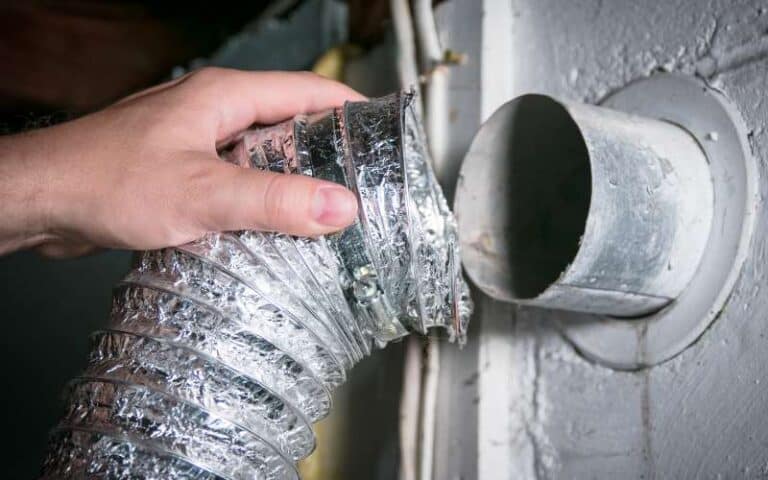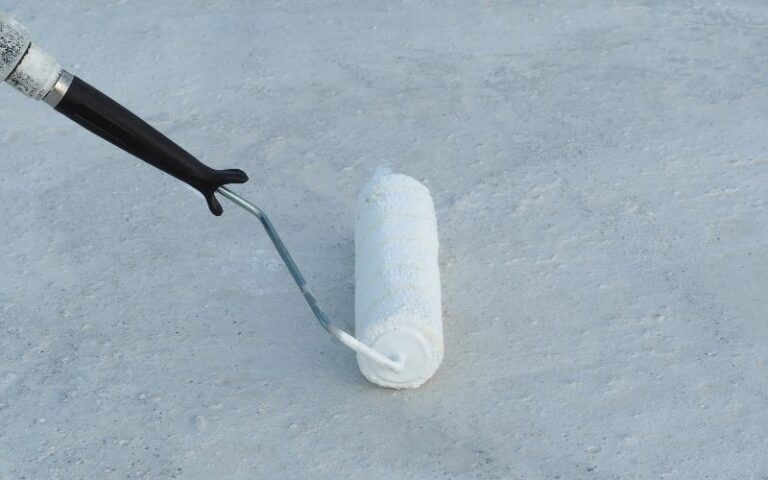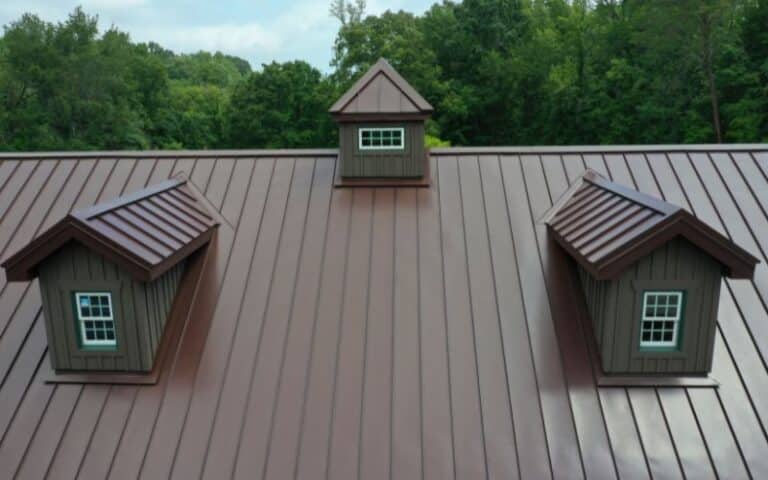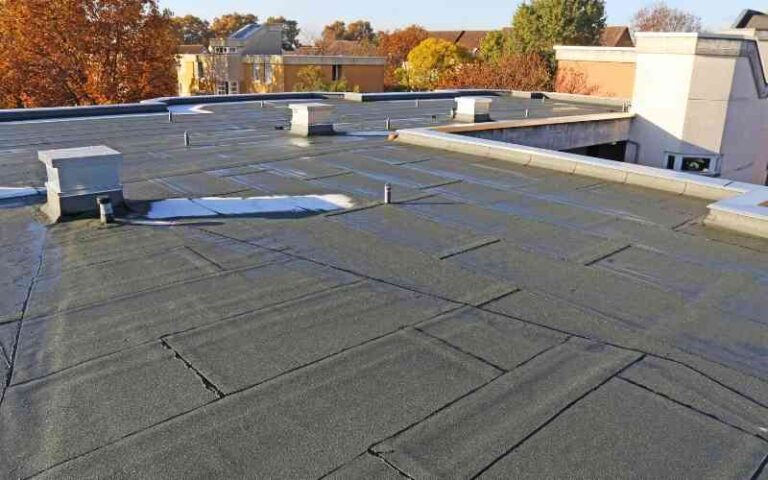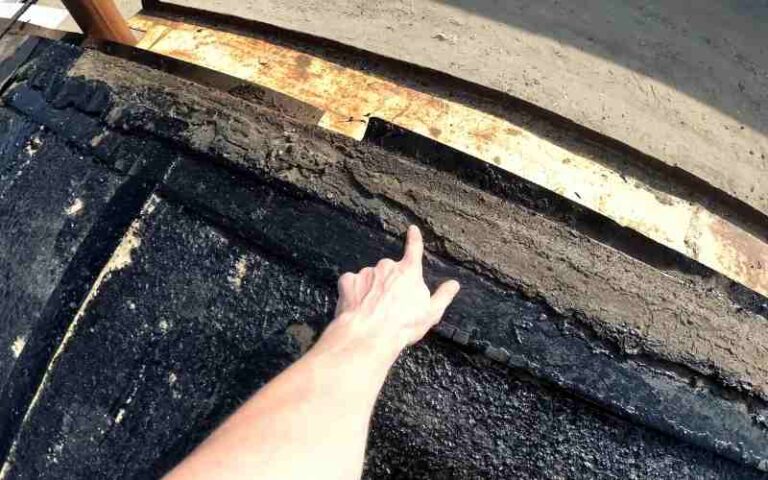When it comes to finishing the walls of commercial and industrial buildings, it’s all about the tape.
If you’re looking to install drywall, there are several different types of tape that you can use. Each type of tape has its pros and cons.
You can choose between fire taping and drywall taping depending on what you want for your building and your budget.
In this article, I’ll explain the difference between fire and drywall tape and their use.
Fire tape is specifically made for use in areas at high risk of catching fire, such as near appliances or wiring, while you can use drywall tape anywhere in the home or office. When comparing them, although they are both used for drywall, when you use fire tape, you make the place fire resistant, which the drywall tape cannot do.
Ready for a Roofing Quiz?
Ready for a Drywall Quiz?
What Is Considered as Fire Tape for Drywall?
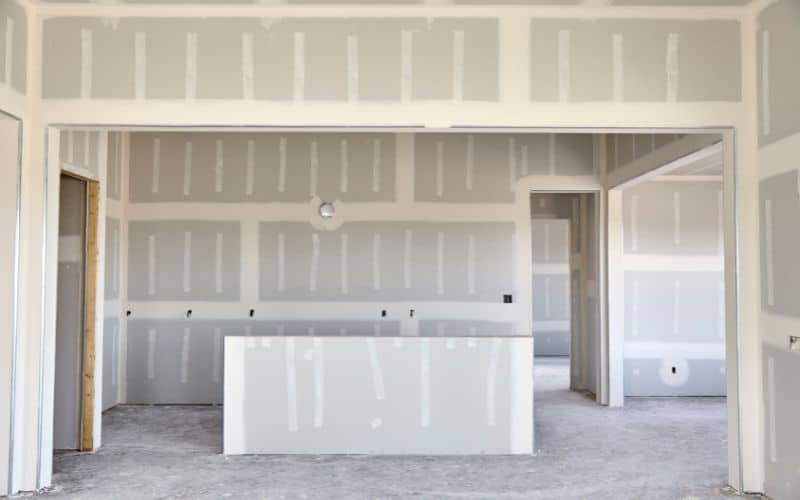
Fire tape for drywall is used to slow down house fires or stop them from starting. You use fire tape in areas at high risk of catching fire.
You fire tape areas like your furnace, garage, and utility room. Always check with your building code requirement to know which areas in your home to fire tape.
When you fire-tape a wall, the tape is fire-resistant, reducing the possibility of flames getting between the panels.
You use fire tape to fill in small spaces between the boards on your walls. However, if used to fill large sheetrock holes, it can’t stop a massive fire.
Fire taping your home is vital to keeping your home and property safe. Ensure you do it correctly, as it can save your home from disaster.
Fire tape is a type of drywall tape that meets specific requirements for adhesion and moisture resistance.
Fire tape is typically made with cotton, paper, and vinyl to prevent it from catching fire if exposed to heat or flames and to resist moisture penetration.
Fire-rated drywall is designed to be more durable and resistant to damage caused by fires and regular wear and tear.
Fire-rated drywall is a good investment if you have a stove or fireplace in your home, especially if you’re not planning on moving anytime soon.
Is All Drywall Tape Fire Rated?
Unfortunately, drywall tape is only sometimes fire-rated, and it can be hard to know which type of tape you need for your project.
However, most drywalls have an hour fire rating. Therefore, fire-rated drywall is usually more expensive than regular drywall.
The fire-rated drywall tape is designed to slow or stop fires from spreading into your walls and ceilings, but it can also make a small fire easier to extinguish than without any fire protection.
This type of tape is often used when you have exposed wires, pipes, or other potential fuel sources for an otherwise small fire in your home.
However, drywall tape does come in fire-rated varieties that will help protect your home from fires.
Homeowners often use them during remodeling projects to keep the drywall in place while the new wall goes up.
What Is the Purpose of Fire Tape?
There are several purposes for using fire tape, which I’ll show in the table below.
| Purpose | Description |
|---|---|
| Insulation. | It provides some insulation against heat and smoke. |
| To fireproof your home. | You apply it to surfaces to reduce the spread of flames and smoke in case of a fire. |
| High water resistance. | It is highly resistant to water and moisture. |
| Save you money. | To limit the amount of money you’ll spend on fire-related damages. |
How Do I Know If My Drywall Is Fire Rated?
First, check the labeling to know if your drywall is fire rated. Typically, fire-rated drywall is labeled as such.
On the back of each board of fire-rated drywall, there will be a UL/ULC Marking that says it is a fire-resistant board.
If you are still determining whether the drywall you want to purchase is fire rated or not, ask for a performance certificate.
You can also call your local building department and ask what type of drywall should be used in homes with a fireplace or stove.
The easiest way to tell if you have fire-rated drywall is to look for a tag that says it meets standards set by your local building department or the National Fire Protection Association.
Call your local building department if there is no tag on your drywall and you are in doubt.
The main difference between fire-rated and non-rated drywall is that you cannot expose non-rated drywall to heat from open flames without risking its destruction by fire or smoke.
Another way you can determine if your drywall is fire rated is to check with a building inspector, who can tell you what type of drywall was used in your home during its original construction.
If no one knows for sure, you’ll need to hire a contractor and have them install fire-rated drywall in any room that contains a stove or fireplace to ensure that it does not pose a hazard.
Fire-rated drywall is more expensive than regular drywall. It will be noticeable to you when you compare material prices because fire-rated drywall will cost about 20% more per sheet than non-rated drywall.
Can You Mud over Fire Tape?
Yes, you can mud over fire tape. You can cover the exposed fire tape with a layer of joint compound, creating a smooth surface that can be painted or textured in any desired fashion.
Covering fire tape with drywall tape is a viable option. However, it must be cut carefully and sealed with joint compound afterward to prevent water damage in wall cavities or behind electrical boxes.
Covering exposed fire tape may make more sense depending on your project than leaving it uncovered.
To mud fire tape over fire tape, follow the steps below. First, you must install the fire tape before adding mud or joint compound over it.
- Do an estimate of the fire tape you need to cover the drywall seam from top to bottom.
- Cut the fire tape to the correct size and put it in the water. Wet both sides of the tape, but only put it partially underwater.
- Place the fire tape along the seam, starting at the top of the wall, and smooth it out with the drywall knife.
- Give the wet tape five to ten minutes to set. You can sew another seam while this one piece of tape dries.
- Use another drywall knife to spread the mud or joint compound right over the tape when the tape looks dried. Again, you will let this dry before moving on to the next step.
- Sand the first coat of the mud or joint compound and smoothen it before applying a second coating.
- After the second coat dries, sand it again to ensure it is nice and smooth.
- The process of mudding over fire tape is completed.
You can now paint over your fire-taped drywall if you want. It’s also worth noting that several types of fire tape are on the market today.
So you’ll want to consult your drywall or fire protection supplier to find out which ones are compatible with your project and how they should be covered afterward.
Conclusion
In summary, you use drywall and fire tape in different parts of the house and for different purposes.
What makes fire tape different from drywall tape is that you use fire tape to prevent fire in your home and drywall tape to patch cracks in the drywall. Due to fire tape qualities, it is more expensive than drywall tape.

